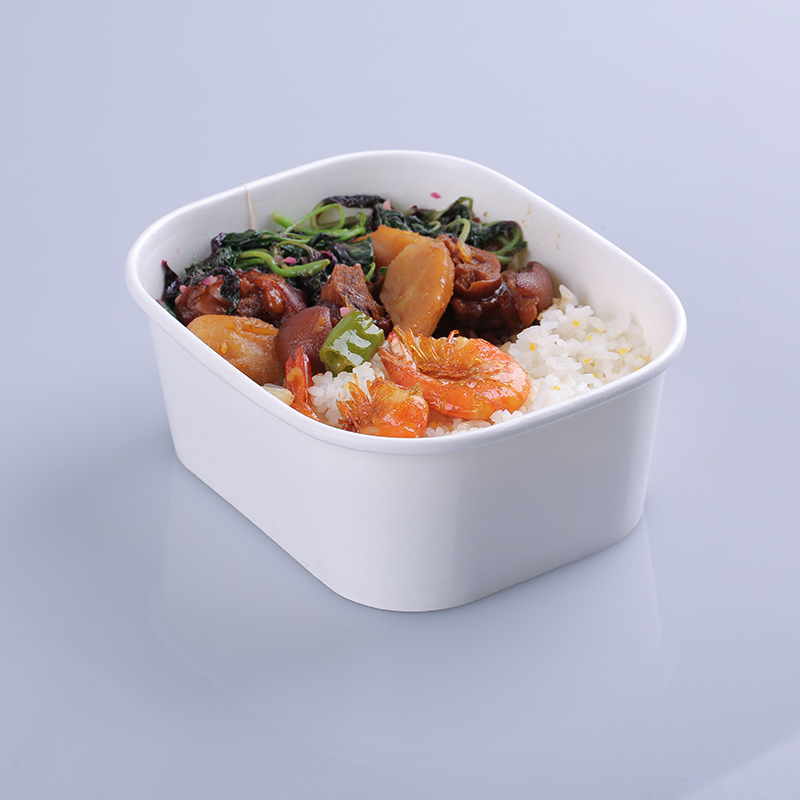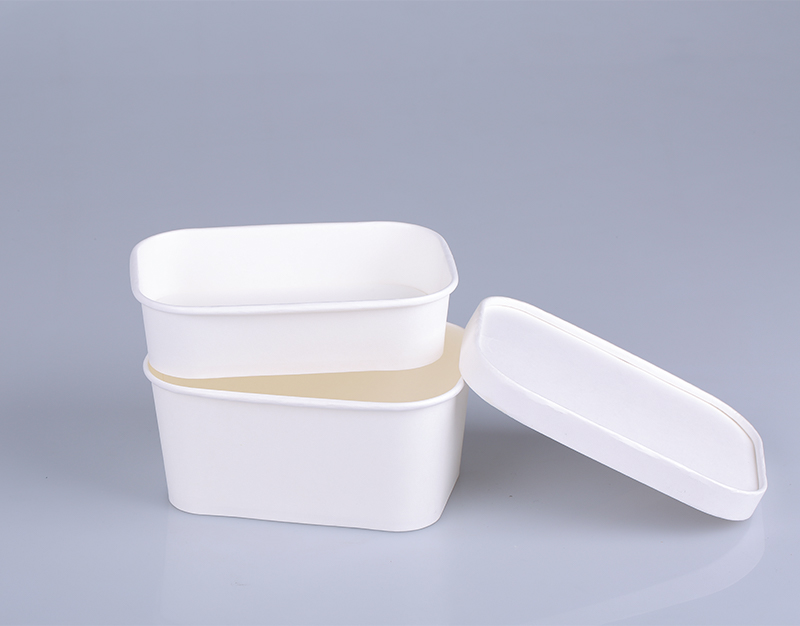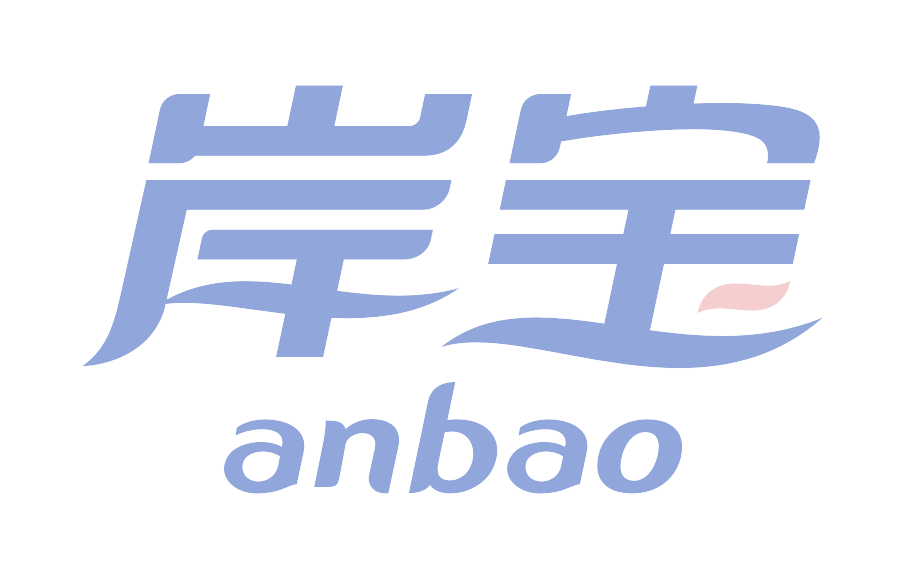
Paper bowls have become a staple in modern life, serving as versatile containers for everything from hot soups and noodles to cold salads and snacks. Unlike traditional ceramic or plastic bowls, they combine convenience with a lighter environmental footprint (when used responsibly) and adapt to diverse settings—from casual home meals to busy takeout spots and outdoor events. Understanding their material innovations, functional strengths, and sustainable use is key to making the most of this everyday item.
A defining aspect of modern paper bowls is their material evolution, which balances durability and practicality. Early paper bowls often struggled with leaks or structural damage when holding wet or heavy foods, but today’s designs address these issues with layered construction. Most paper bowls feature a thick, sturdy paper base (often made from recycled or FSC-certified wood pulp) and an inner coating to prevent liquid seepage. Traditional coatings used polyethylene (PE), but eco-friendly alternatives like plant-based PLA (polylactic acid) are growing in popularity—PLA coatings break down in industrial composting facilities, reducing long-term waste. For hot foods, some bowls add an extra insulating layer to keep contents warm while preventing the outer paper from becoming too hot to hold; this makes them ideal for takeout soups or instant noodles, where consumers need to carry hot food safely.
Paper bowls excel at adapting to specific use cases, making them indispensable in various scenarios. In takeout and delivery services, they are preferred over plastic for hot foods: plastic can leach chemicals when exposed to high temperatures, but paper bowls (with food-safe coatings) avoid this risk while keeping meals hot. At outdoor events like picnics, food festivals, or sports games, paper bowls shine because they are lightweight, easy to transport, and require minimal cleanup—no need to carry heavy ceramic bowls or worry about breaking them. Even in homes, they are useful for quick meals (like cereal or oatmeal) or for feeding kids, as they reduce the number of dishes to wash. However, their suitability varies: for long-term storage of food (like leftovers in the fridge), reusable containers are better, but paper bowls are perfect for one-time use or short-term holding.

Despite their advantages, paper bowls face environmental considerations that users and businesses must address. One key issue is recyclability: while the paper base is often recyclable, the inner coating (especially PE) can make separation difficult, meaning many paper bowls end up in landfills if not properly sorted. Compostable PLA-coated bowls offer a solution, but they require industrial composting conditions (high heat and moisture) to break down—home compost piles often lack these, so they may not decompose as intended. Another consideration is production: making paper bowls uses water and energy, so choosing options made from recycled paper or sustainably sourced materials helps reduce this footprint.
There are also common use (mistakes) that can limit the value of paper bowls. One is overloading them with heavy or overly liquid foods: even durable paper bowls have weight limits, and filling them beyond capacity can cause leaks or structural failure. For example, a small paper bowl designed for snacks should not be used for a large serving of thick stew. Another mistake is ignoring disposal instructions: compostable bowls need to go into compost bins, not regular trash, to fulfill their eco promise. Similarly, recyclable paper bowls (without non-recyclable coatings) should be emptied of food residue before recycling—leftover food can contaminate entire batches of recycling.


